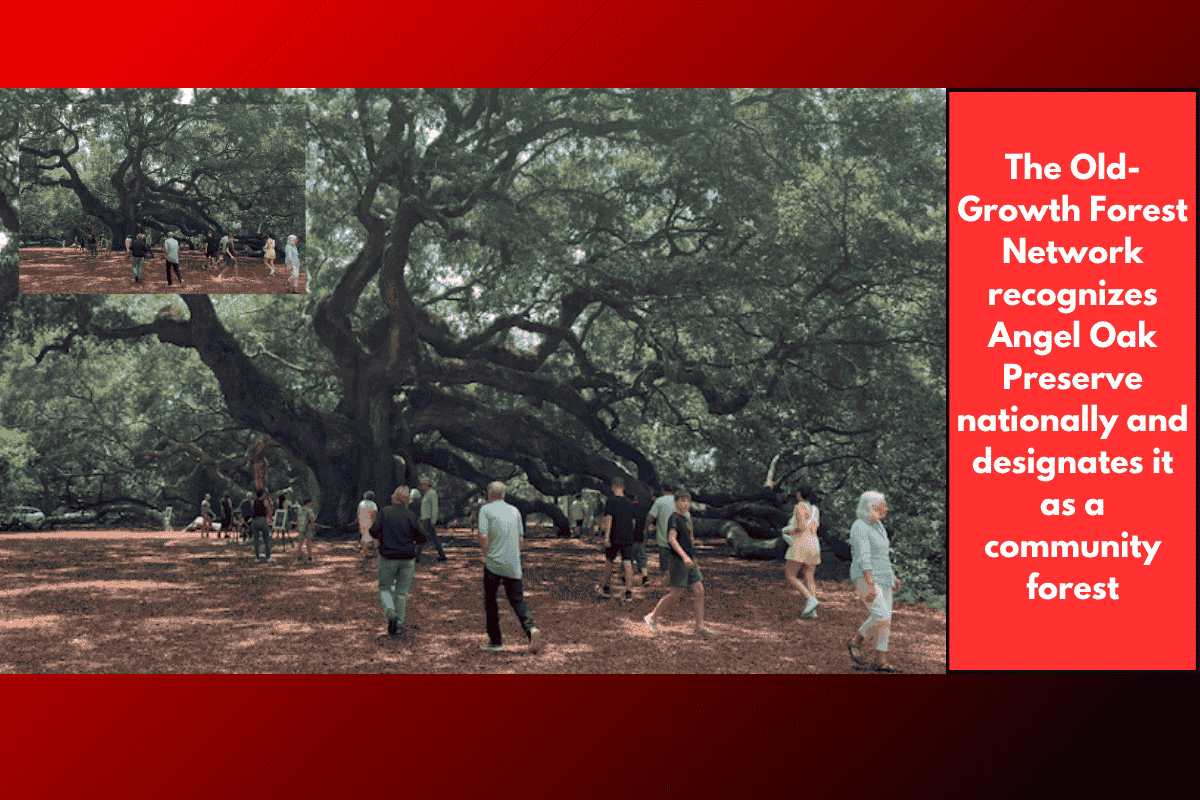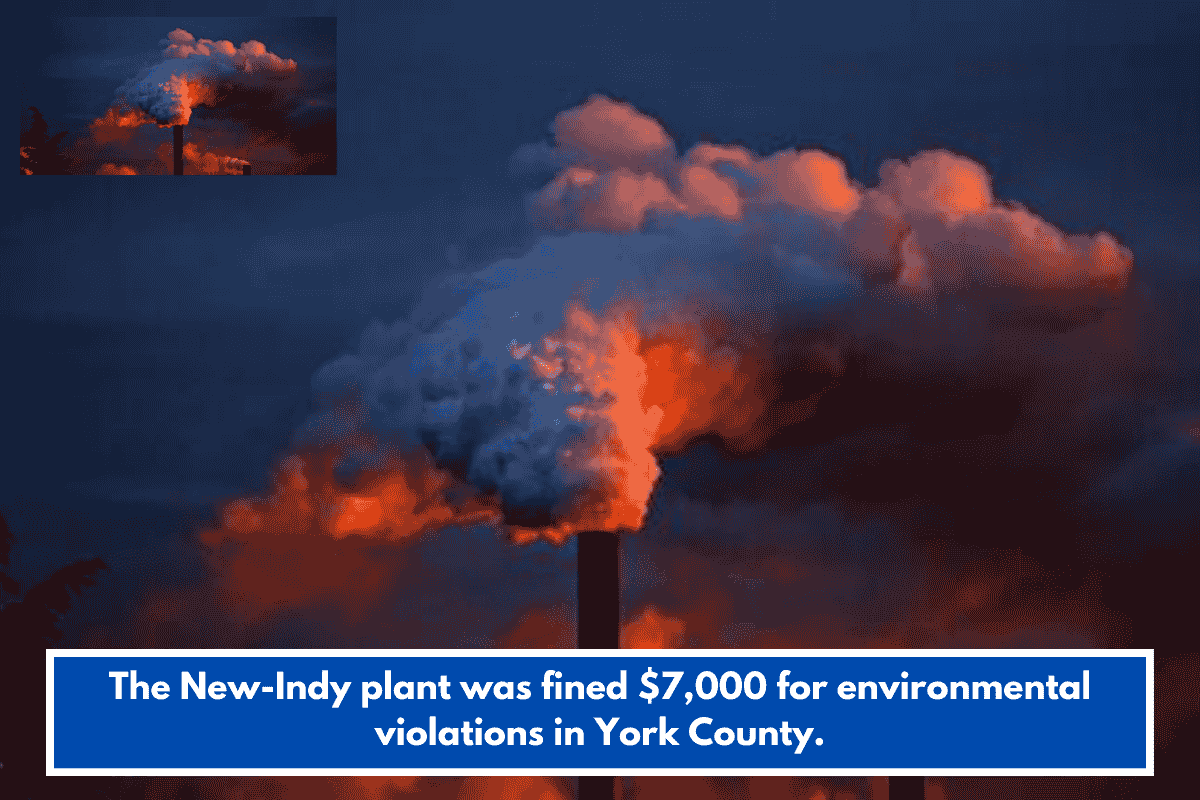The future 44-acre Angel Oak Preserve on Johns Island has earned a prestigious national recognition from the Old-Growth Forest Network. The preserve, which features the iconic Angel Oak tree, has been designated as a community forest, marking it as a vital space for the community and one that is permanently protected. It is the first site in South Carolina to receive this national honor.
A Symbol of Community and Conservation
Samantha Siegel, the director of Angel Oak Preserve at the Lowcountry Land Trust, explained the significance of the recognition. “The Angel Oak is the perfect example, it’s like the mother of all trees in South Carolina,” Siegel said. She emphasized that while the Angel Oak is an iconic symbol, there are many other forests worthy of protection in the state.
Siegel expressed the team’s excitement about leading the way for other potential community forests in South Carolina. The preserve is planned to feature a welcome center, miles of walking trails, cultural spaces, and immersive environments once construction is completed.
What Makes Angel Oak Preserve Special
The Old-Growth Forest Network, which recognizes forests located near urban or suburban areas and serves as gathering spaces for communities, has honored the Angel Oak Preserve as part of a select group of 54 community forests across the United States.
Sarah Adloo, the executive director of the Old-Growth Forest Network, praised the work done by the Lowcountry Land Trust, stating, “We saw the work that Lowcountry Land Trust was doing as a model for what other communities can learn from for centering their forest as an asset of the community, drawing in the community close by and far away.”
A Long History of Protection
The Angel Oak Preserve’s recognition as a national treasure reflects nearly two decades of efforts to protect the forest. Siegel noted that the City of Charleston has worked since the 1990s to preserve the area surrounding the tree, with the community remaining committed to the preservation process.
“It’s been in the making for a long time, this has been almost a 20-year effort to protect this forest,” Siegel said. “The community has just stayed the course, and that’s what really makes a difference when the community stays the course and follows through.”
Plans for the Future and Ongoing Fundraising
While construction on the preserve is not expected to begin until 2026, the project is already well into its fundraising phase. The team has raised around $5 million toward their $12 million goal for completing the preserve.
The recognition of the Angel Oak Preserve as a community forest is a significant milestone, bringing national attention to the area’s ecological and cultural importance.
Other Old-Growth Forests in South Carolina
In addition to the Angel Oak Preserve, the Old-Growth Forest Network has designated two other locations in South Carolina as old-growth forests: St. Phillips Island and Congaree National Park.














